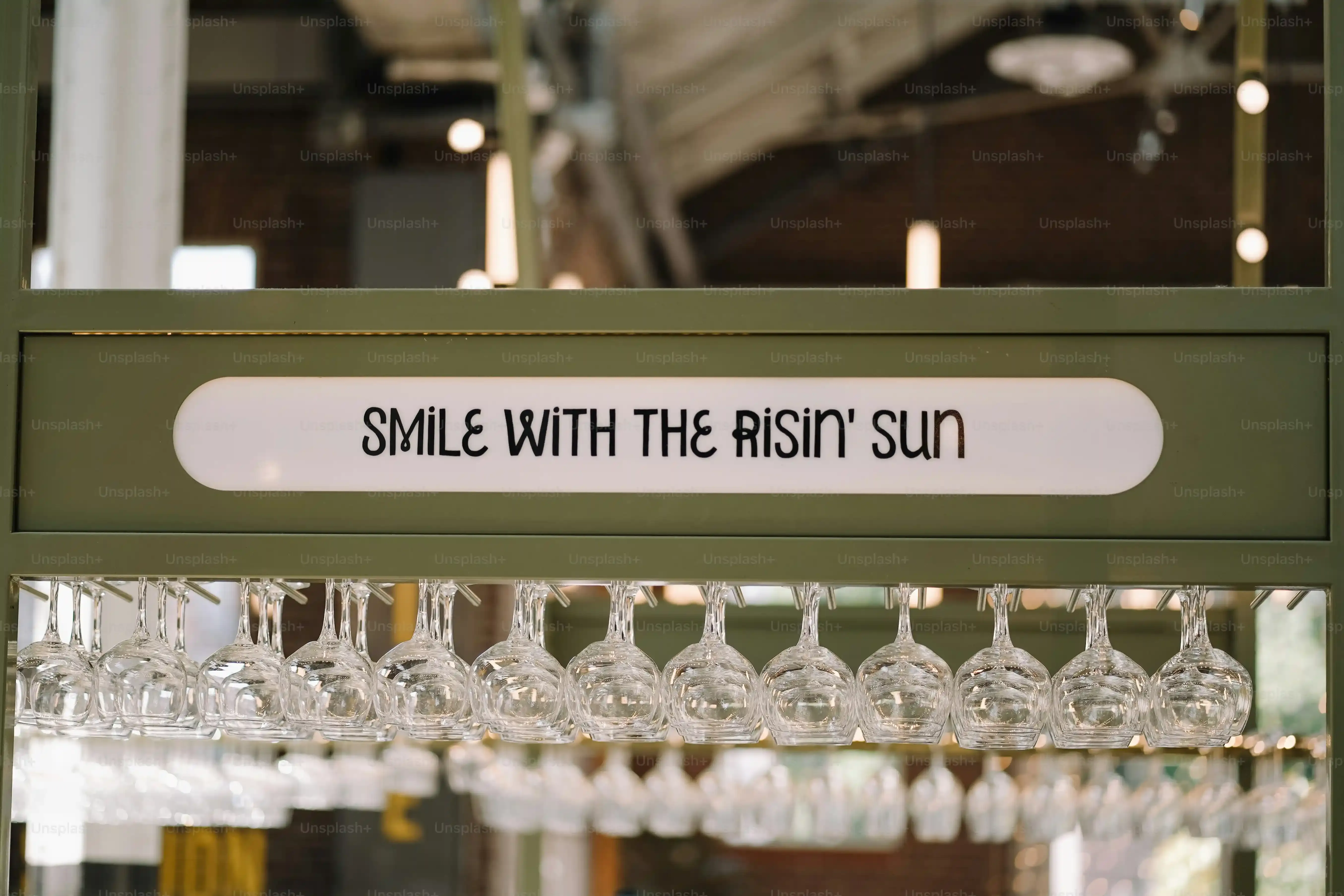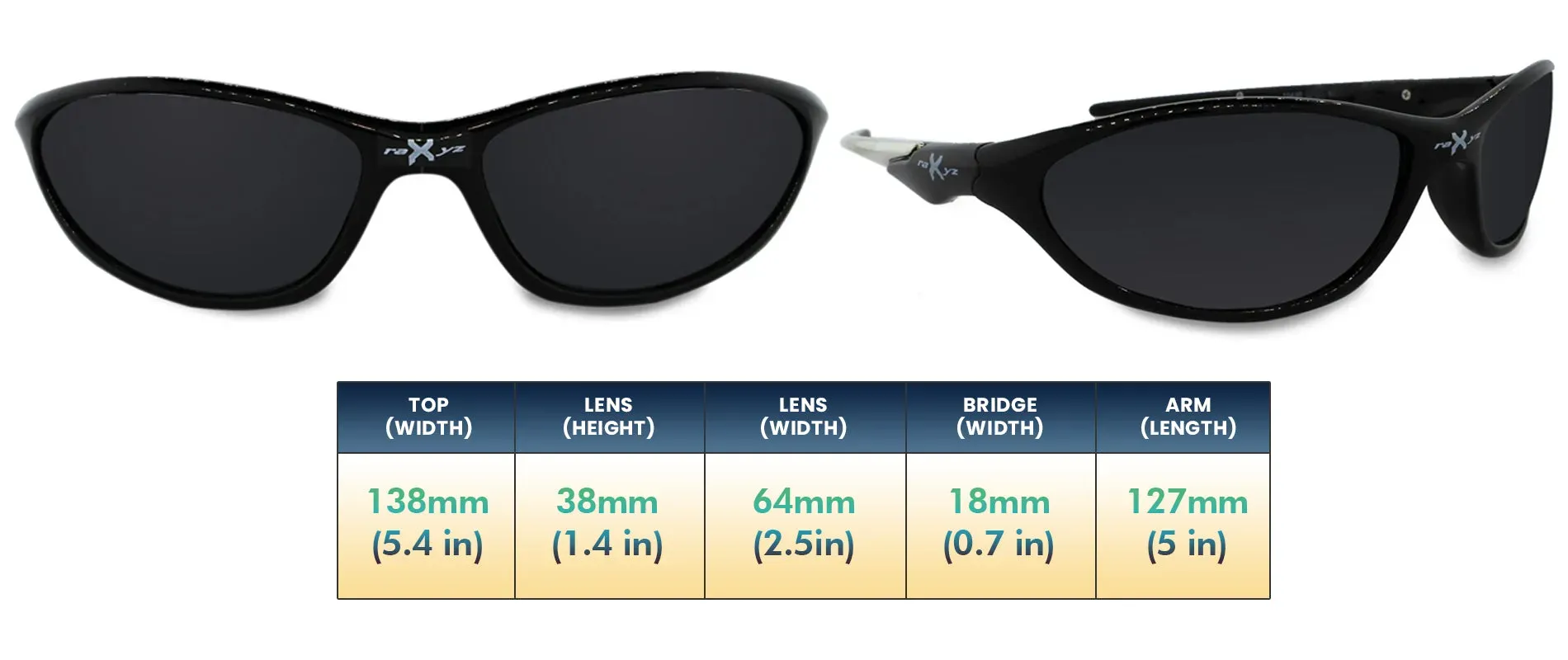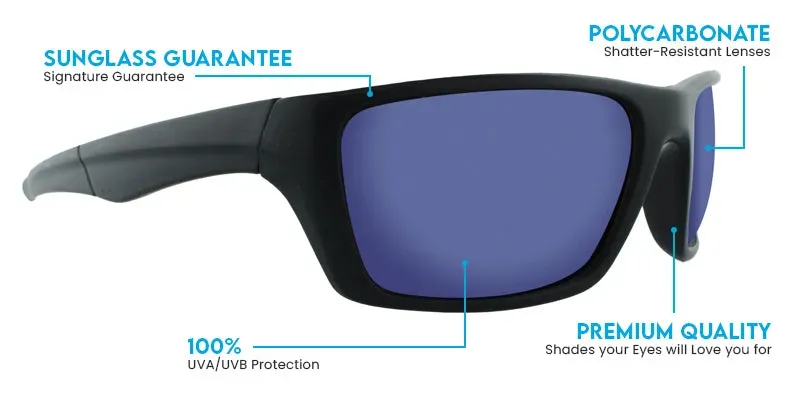Table of Contents
Ever dropped a brand new pair of shades the day after buying them? Or perhaps they mysteriously vanished from your beach towel while you blinked? It's a common, frustrating scenario. Sunglasses aren't just a fashion statement; they're vital eye protection, and good pairs can set you back a significant chunk of change. This investment often comes with a nagging worry: what happens if they break, get lost, or just don't hold up?
What Does a Sunglass Guarantee Actually Cover?
Manufacturing Defects: The Baseline
so you've got a shiny new pair of sunglasses, and they came with a piece of paper claiming to be a "sunglass guarantee." What does that usually mean in plain English? Most of the time, this guarantee is primarily focused on manufacturing defects. Think of it like this: if the arm falls off because the screw wasn't properly tightened at the factory, or if the lens coating starts peeling for no good reason within a short period, that's typically covered.
It's about flaws in how the glasses were made or the materials used, assuming you haven't been roughhousing with them. This is the baseline protection you can generally expect. It's not a magic shield against all potential harm, but it covers the company's responsibility for delivering a product that wasn't faulty from the get-go.
What's Usually Left Out (The Fine Print)
Now, here's where things get less rosy and the fine print becomes crucial. A standard sunglass guarantee almost never covers accidental damage. Dropped them on concrete? Sat on them? Your dog chewed them up? Yeah, that's on you. Scratched lenses, probably the most common complaint, are also typically excluded. They consider that normal wear and tear or accidental damage.
Loss or theft is another big one that guarantees don't touch. If your sunglasses go missing, whether they were swiped from your beach bag or just fell out of your pocket somewhere, the guarantee won't help you get a replacement. Understanding these common exclusions upfront saves you a lot of frustration down the line when you try to file a claim.
- Manufacturing flaws (faulty hinges, peeling coatings, frame defects)
- Defects in materials (if the plastic or metal is inherently weak)
- *Usually Excluded:* Accidental drops or breaks
- *Usually Excluded:* Scratched lenses
- *Usually Excluded:* Loss or theft
- *Usually Excluded:* Damage from improper use or care (like cleaning them with abrasive materials)
Finding Affordable Style: The Sunglass Guarantee Difference
Finding Affordable Style: The Sunglass Guarantee Difference
Finding Affordable Style: The Sunglass Guarantee Difference
so we've established that most standard sunglass guarantees are about as protective as a wet paper bag when it comes to real-life mishaps. This often leaves you feeling like you have two choices: shell out hundreds for a designer pair that you'll be terrified to wear, or buy cheap throwaways every other week. It feels like the sunglass world is set up to make you choose between style and your bank account. But what if you could find shades that look good, protect your eyes, and come with a sunglass guarantee that actually means something, all without costing a fortune? This is where some brands and retailers are trying to carve out a different path, focusing on providing accessible style coupled with a guarantee that goes beyond just factory defects, aiming to make replacing a lost or broken pair less of a financial hit.
Beyond the Sunglass Guarantee: Quality and Protection Details
Beyond the Sunglass Guarantee: Quality and Protection Details
Looking Past the Paperwork: Lens Quality Matters Most
Forget the fancy case or the brand name for a second. When it comes to sunglasses, the lenses are the real MVP. A piece of plastic tinted dark doesn't automatically mean your eyes are safe. You need lenses that block harmful ultraviolet (UV) rays. We're talking UV400 protection, which means they block wavelengths up to 400 nanometers, covering both UVA and UVB rays. Anything less and you're essentially putting your eyes behind a magnifying glass in the sun, potentially causing long-term damage like cataracts or macular degeneration. The best sunglass guarantee in the world won't fix damaged retinas. So, before you even look at the warranty card, check the lens specs. Polycarbonate lenses are a good bet; they're lightweight, impact-resistant (hello, fewer accidental cracks), and inherently offer good UV protection, though the coating is still key.
Built to Last (Hopefully): Frame Durability and Materials
A guarantee is great, but a frame that doesn't snap when you look at it funny is even better. The material and construction of the frame play a huge role in how long your sunglasses will actually survive daily life. Cheap plastic frames can become brittle in the sun or cold, leading to unexpected breaks at stress points like the hinges or nose bridge. Metal frames, while often more durable, can bend or corrode if not made from quality materials. Look for sturdy hinges, solid construction, and materials that feel substantial, not flimsy. A well-built pair, even with a basic sunglass guarantee, might just outlast a poorly made one with an extensive-sounding, but ultimately loophole-filled, warranty.
What are some common lens types and their benefits?
- Polycarbonate: Impact-resistant, lightweight, good inherent UV protection
- CR-39 Plastic: Good optical clarity, common in prescription lenses
- Glass: Excellent optical clarity, scratch-resistant, heavier, can shatter
- Polarized: Reduces glare from reflective surfaces (water, snow, roads)
- Mirrored Coating: Reduces visible light, adds a stylish look
Shopping Smart: Navigating the Sunglass Guarantee Experience Online
Shopping Smart: Navigating the Sunglass Guarantee Experience Online
Alright, so you're online, scrolling through endless options, trying to find a pair that looks good and won't fall apart the second you sneeze. Buying sunglasses online is convenient, but figuring out the sunglass guarantee can feel like a treasure hunt through poorly designed websites and confusing policy pages. Before you hit "add to cart," you absolutely need to find and read their guarantee policy. Don't just assume it's a standard "manufacturing defects only" deal. Look for details on what they cover beyond the basics – do they offer any sort of protection against accidental breakage? Is there a deductible? How long does the guarantee last? A reputable online seller will make this information easy to find, not buried five clicks deep in their footer. If they're vague or you can't find the policy at all, consider that a pretty big red flag.
Making the Most of Your Sunglass Guarantee: Tips and Tricks
Making the Most of Your Sunglass Guarantee: Tips and Tricks
Know Your Sunglass Guarantee Inside and Out
Let's be real: that little paper tucked into your sunglass case probably got tossed or filed away somewhere you'll never find it again. But if you want to actually use your sunglass guarantee when disaster strikes, you need to know what's in it. This isn't thrilling bedtime reading, but understanding the terms – what's covered, what isn't, how long it lasts, and what the process is – is crucial. Take a photo of the warranty card or save the PDF from the online purchase confirmation. Note the purchase date. This might sound like overkill, but trying to piece together this info months later when you've got a broken frame in your hand is way more painful. Think of it as insurance homework – boring, but necessary if you want a payout.
The Claims Process: Expect Bureaucracy
so something happened – maybe a legitimate manufacturing defect (rare, but it happens!), or perhaps you bought from a place with a more generous sunglass guarantee that covers accidents. Now comes the fun part: filing a claim. Don't expect a magic wand. You'll likely need proof of purchase, photos of the damage, and you'll probably have to ship the broken shades back. This costs time and maybe a few bucks for postage. Some companies make it relatively painless; others seem to actively try to make you give up. Be patient, follow their instructions precisely, and keep records of all your communication. It's not always a smooth ride, but knowing the steps and having your ducks in a row improves your chances significantly.
- Locate and read your specific sunglass guarantee policy.
- Keep your proof of purchase (receipt, order confirmation).
- Document the damage with clear photos.
- Follow the retailer's claim process steps exactly.
- Be prepared to potentially ship the damaged item back.
- Keep copies of all correspondence with the company.
Picking Your Shades Wisely
So, navigating the world of the sunglass guarantee doesn't have to be a total headache. Knowing what's typically covered – and, crucially, what isn't – helps set realistic expectations. While some brands might promise the moon, the real value often lies in finding a balance between decent quality, eye protection, and a guarantee that actually means something when disaster strikes (or your dog eats them). Companies focusing on affordability plus a solid promise show you don't always need to empty your wallet for peace of mind. Ultimately, read the fine print, understand your coverage, and maybe try not to sit on them. Your eyes, and your wallet, will thank you.
